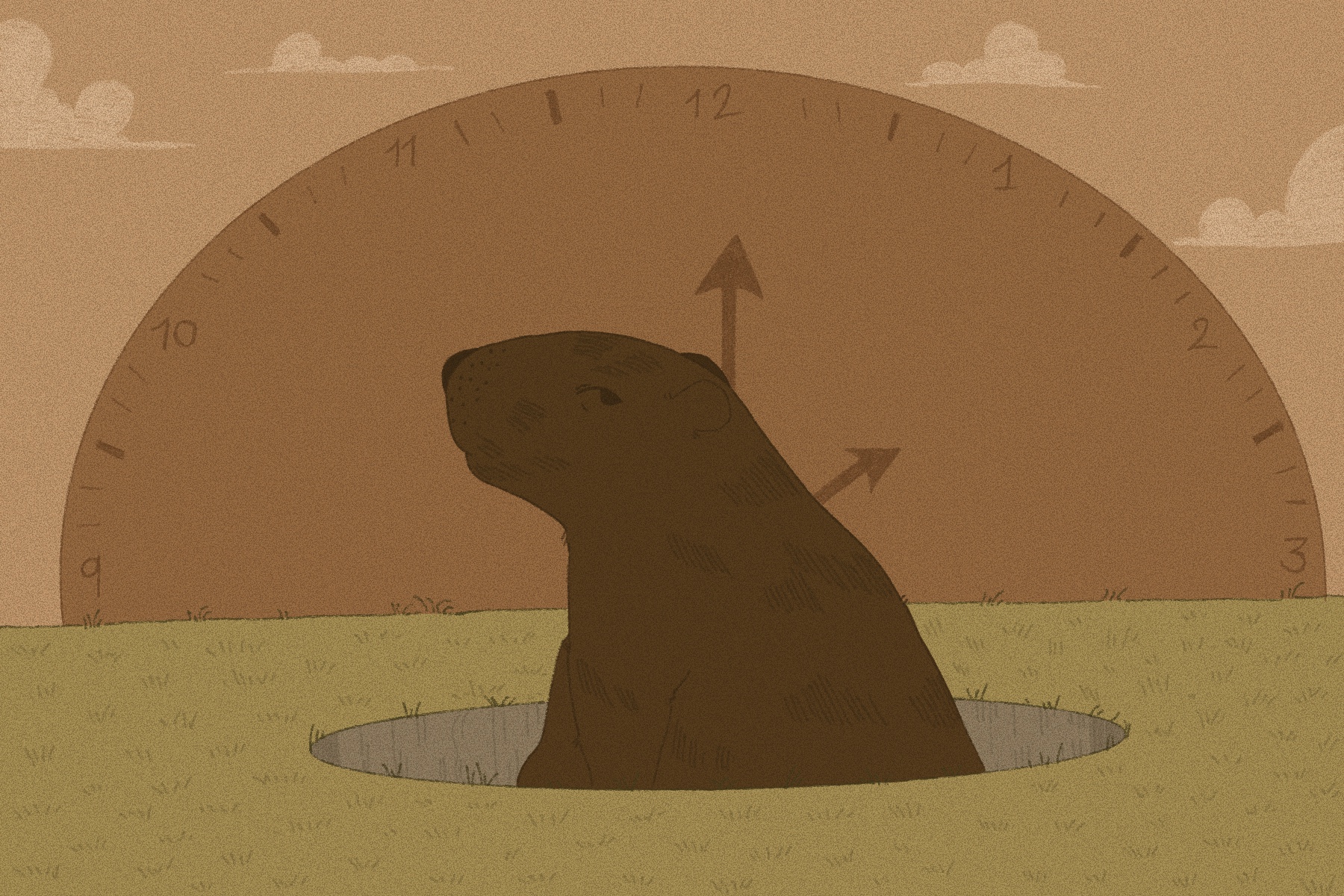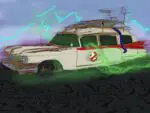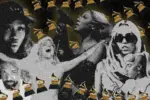Even those who have never seen “Groundhog Day” are familiar with the film’s premise. The protagonist, Bill Murray’s Phil, is stuck in a time loop, reliving the same day over and over. He attempts to escape the loop by changing something important, becoming familiar with the events that happen along the way and eventually growing as a character. It’s a story with a clear and instantly memorable setup that has inspired dozens of spin-off stories that have occasionally achieved their own success.
“Groundhog Day” was by no means the first story to use this premise. When it came out in 1993, it was preceded by “Star Trek: The Next Generation,” “The Twilight Zone” and many other TV shows that played around with this idea in past decades. Some sources attribute the 1915 novel “Strange Life of Ivan Osokin” to originating the premise, the first story to center around it entirely. Doubtlessly, there are many earlier works that would seem uncannily similar. However, “Groundhog Day” popularized the premise in the 1990s, to the point that the film’s title is synonymous with the premise it utilizes.
Since “Groundhog Day” gained fame, movies like “Edge of Tomorrow,” “Happy Death Day” and its sequel and “Looper” have all taken their own spins on the concept.. TV shows like “Supernatural” and “Gravity Falls” featured episodes around the idea in the 2010s, and even some video games like “Legend of Zelda: Majora’s Mask” have achieved massive success operating around the idea of a day repeating itself.
But why are these stories so prevalent in our culture? What is it that attracts creators time and time again to the idea of a time loop, and what keeps pulling audiences back into media that seemingly revolves around the exact same premise?
For one thing, it’s a premise that adapts immensely well to multiple genres, tones and creative mediums. The concept of a day repeating itself can be made humorous or horrifying with small stylistic differences. It can even be used both ways in the same movie, as “Happy Death Day” does. It features scenes that highlight the anxiety of knowing something horrible is coming, played up with suspenseful music and claustrophobic shots, but also scenes that allow the protagonist’s nihilism over the time loop to lead into comedic situations, with them acting in carefree and ridiculous ways.
Visual mediums like TV shows and film can play off of similarities in set and character design to create interesting moments. The same setting repeating continuously can be interesting if new details can be noticed each time or small changes made by the protagonist can be observed by their effect on their environment.
Video games can turn the trope into unique and engaging mechanics that give power to the player as they go back through a scene and use new knowledge to solve puzzles. For instance, “Legend of Zelda: Majora’s Mask” allows the player to discover new abilities and take them across loops to solve problems they couldn’t have figured upon first running into them.
Another, perhaps larger, reason this premise keeps repeating itself is because it represents an unsolvable dilemma ever-present in our minds. We obsess over our mistakes and long to revisit the past, even though it makes no difference and only serves to cause us further anxiety. It’s just human nature. But this genre presents an alternative, almost escapist, world, one where the protagonist actually can change the course of their lives and set right old wrongs. It’s something many of us long for, consciously or subconsciouslyLiving vicariously through a character trying to make things better can be cathartic and allow us to escape feelings of helplessness. Seeing the protagonist successfully save a friend’s life or simply avoid small inconveniences due to their newfound clairvoyance is a satisfying break from the real world.
Not only do these stories serve as an escape, but also as a method of grounding ourselves in our own reality. Because rarely do these movies end with the protagonist simply getting everything they want and staying the same. Usually, the protagonist starts off as a somewhat unlikeable character, like Tom Cruise’s cowardly military spokesman from “Edge of Tomorrow.” The story is just as much about the character changing as it is about the world changing. Across their time in the loop, they make mistakes, learn about themselves and witness what they might lose if they try to make everything perfect. It’s a showcase of the fact that mistakes are how we improve, and while we may want to take them back, all we can do in reality is move forward with a broader perspective. Rather than staying stuck on old mistakes, we benefit most from moving forward and growing from our failures.
These escapist and realist ideas can be present at the same time within the same story, despite their contrasting natures. And this premise’s power over not one but two universal human issues is what gives it its powerfully contemporary status in our culture.
Time-loop stories repeat themselves because we’re never done learning the lessons they provide.
















